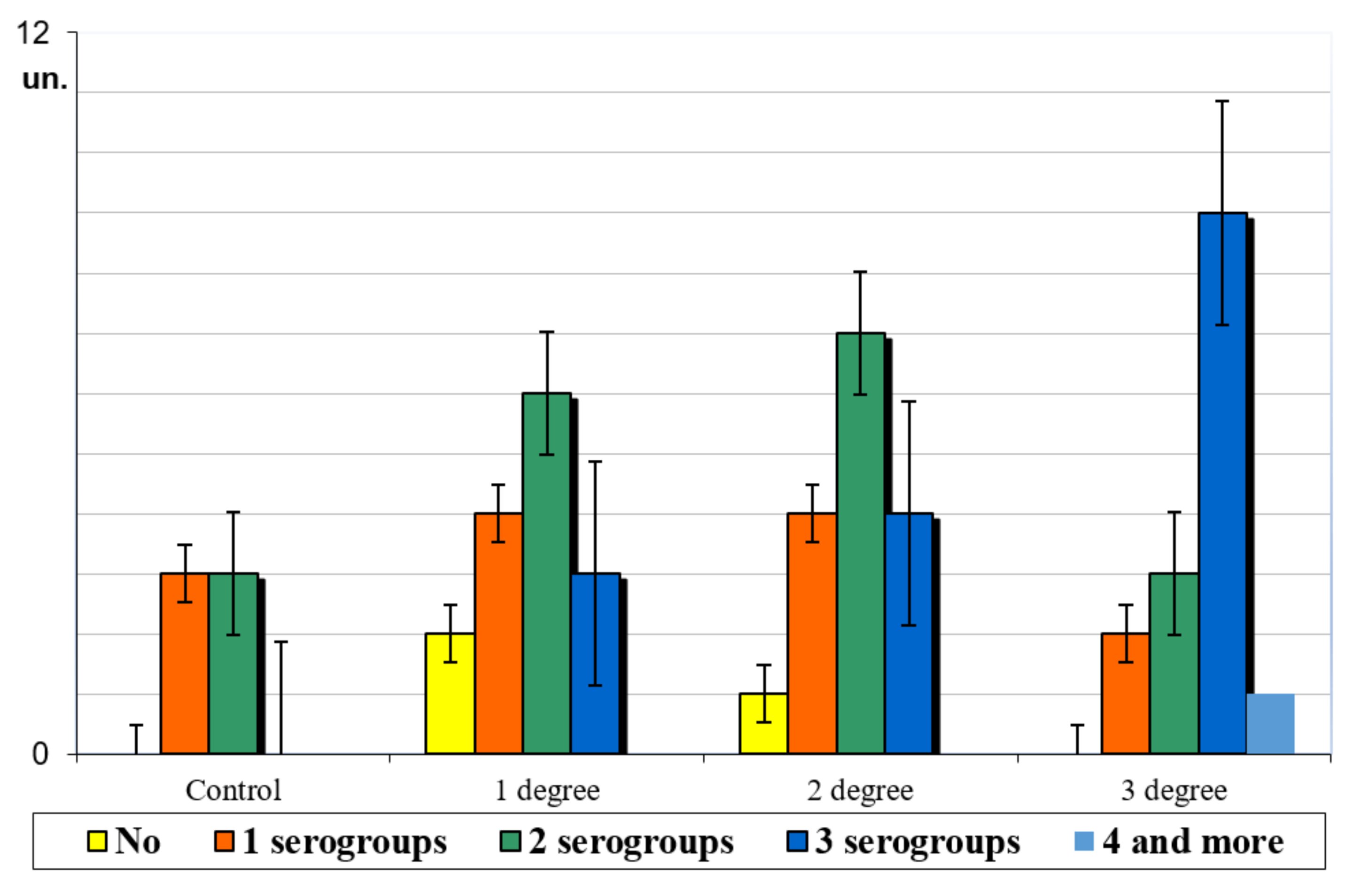
Veterinarians identify problems in cats with dysbacteriosis
RUDN veterinarians studied how the intestinal microbiota in cats changes during dysbacteriosis. The patterns obtained will help to make a more accurate diagnosis and select an adequate treatment. The results are published in Pathogens .The main part of the immune defense in animals is the intestinal microbiota . The microbial community regulates energy balance, metabolism, nervous system development, and so on. However, biologists still know little about the mechanisms behind the intestinal diseases development and their relationship to the microbiota. RUDN veterinarians conducted a detailed study of the intestinal microbiota in cats with dysbacteriosis. They described how the microbiota and the sensitivity of the animal to drugs change with different dysbacteriosis severity. This will help you find the right therapy."The gut microbiota plays an important role in the development of gastrointestinal diseases in animals. At the same time, there is practically no data on the microbiota in cats with dysbacteriosis. Our goal was a detailed analysis of the quantitative and qualitative spectrum of the microbiota in cats with intestinal dysbacteriosis of varying severity," said Irina Popova, Ph.D., researcher of the Department of Veterinary Medicine, RUDN University.Veterinarians examined the microbiota in 52 cats. Six of them were healthy, the rest had dysbacteriosis of varying degrees: 15 catsthe first degree, 16the second, and 15 morethe dysbacteriosis of the third degree.It turned out that depending on the dysbacteriosis degree the composition of the microbiota changes significantly, namely, the balance between gram-positive and gram-negative bacteria changes. In healthy cats, there are almost twice as many gram-positive bacteria as gram-negative ones, and with the maximum severity of dysbacteriosisfour times less. Cats with dysbacteriosis have more streptococcal bacteria Streptococcus spp, and the more serious the disease, the more. Similar relationships were found for another six bacterial species. RUDN veterinarians also found differences in the response to antimicrobial agents in four groups of cats. For example, as dysbacteriosis develops, sensitivity to the antifungal agent itraconazole sharply decreasesfrom 100% to 70%."Our results suggest significant differences in the gut microbiota in cats with varying degrees of dysbiosis. The microbiological approach to the classification of dysbacteriosis is important for predicting the course of the disease and for developing individual therapy. Practicing veterinarians should take our results into account in order to effectively combat dysbacteriosis in domestic cats," said Nikolay Bugrov, Ph.D. student, Department of Veterinary Medicine, RUDN University.More information:Nikolay Bugrov et al, Fecal Microbiota Analysis in Cats with Intestinal Dysbiosis of Varying Severity, Pathogens (2022). DOI: 10.3390/pathogens11020234Provided byRussian Foundation for Basic ResearchCitation: Veterinarians identify problems in cats with dysbacteriosis (2022, July 18) retrieved 18 July 2022 from https://phys.org/news/2022-07-veterinarians-problems-cats-dysbacteriosis.htmlThis document is subject to copyright. Apart from any fair dealing for the purpose of private study or research, no part may be reproduced without the written permission. The content is provided for information purposes only.
……Animals
Tsy 19/08/2022
They described how the micro biota and sensitivity of the animal
Reply